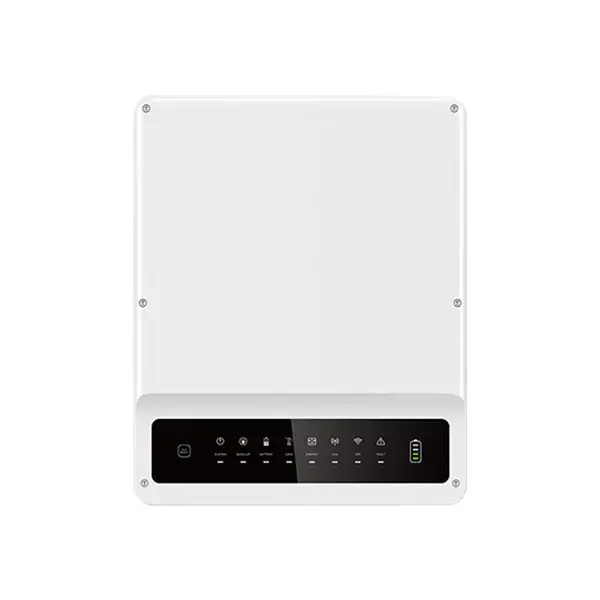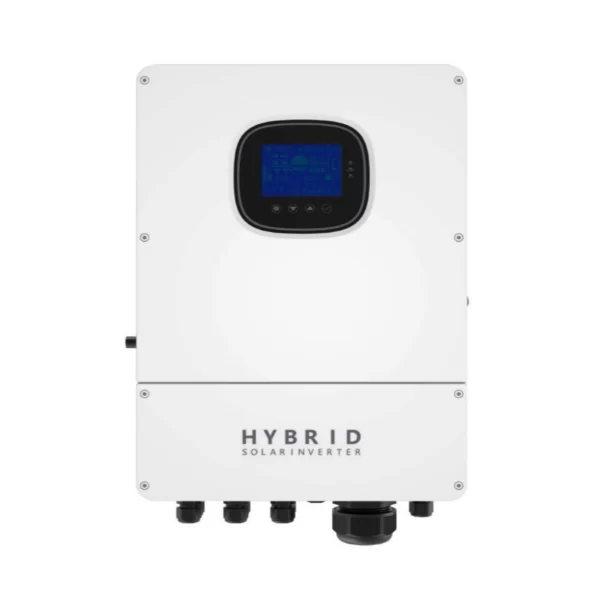When designing a solar energy system, knowing how to select a solar inverter is one of the most important technical choices you’ll face. The inverter determines how your system manages power, interacts with the grid or batteries, and ultimately delivers value over time. From residential rooftops in Germany to off-grid solar containers in Kenya, inverter selection affects efficiency, compatibility, and reliability.
Start with Your System Type
Before looking at brands or features, determine which kind of system you’re building:
- Grid-tied:Common in cities or suburban areas, where solar is connected to the utility grid.
- Off-grid:Ideal for remote areas with no stable electricity source—often combined with batteries.
- Hybrid:Merges solar, battery, and grid in a flexible, smart-managed system.
If you're not certain whether it is one or the other, ask: Is your solar system intended to store energy, or just reduce your bill on a monthly basis? Your answer will specify the type of inverter.
A school microgrid in Tanzania's Morogoro installed in 2023 required a hybrid inverter to match solar contribution and battery discharge with no constant utility feed. Without a proper hybrid controller, power loss was frequent during times of cloud cover transition.
Match the Inverter to System Size and Load
Size does make a difference—safety-wise and efficiency-wise. Here's some advice:
- The PV array power should be 80%–120% of inverter size.
- Peak loads shouldn't be higher than the inverter size's surge capacity.
- Battery integration? Ensure the inverter is compatible with your voltage range (e.g., 48V or 400V systems).
Some installers might ask: Can I oversize the solar array for increased yield? Yes—a majority of newer inverters can tolerate a bit of oversizing (e.g., 6 kW panels on a 5 kW inverter), but check the datasheet for DC/AC ratio limits.
Look for Major Features That Match Your Use Case
Depending on your use case, some inverter features become more important:
- Battery compatibility– for off-grid or hybrid installations
- Dual or multi-MPPT inputs– for roof surfaces of differing tilt or shading
- Monitoring and communication– with support for Wi-Fi, RS485, or GPRS
- Automatic source switching– solar to battery to grid
- Remote firmware updates– for easy support and security
In a 2022 installation in Guadalajara, Mexico, a commercial warehouse applied a Growatt hybrid inverter with 4 MPPT channels to regulate uneven roof sections—this prevented energy imbalance and increased overall yield by 9%.

Check Certifications and Compliance
A great inverter is worthless if it fails inspection. Depending on your location or region, check for:
- UL 1741, IEEE 1547, orNEMA 4X (USA)
- IEC 62109,CE marking, and G99 (EU/UK)
- SAA, AS/NZS 4777(Australia)
- NRS 097-2-1(South Africa)
Also verify if the inverter is anti-islanding and grid frequency responsive, especially for grid-connected applications. Not including this has meant project rejection in locations like Kolkata, India, where DISCOMs now require inverter test reports before they issue net metering.
Compare Brands, Warranties, and Local Support
Established brands like SMA, Fronius, and Huawei are already well-established in terms of performance. However, newer firms like LZYESS are also becoming increasingly popular with affordable, high-performance products. For instance,their LZYESS Hybrid Solar Inverter has off-grid and grid-tie capability, offers built-in MPPT controllers, and meets international standards like IEC 62109 and CE.
This makes it a viable option for industrial backup systems, mobile solar containers, or rural power stations where certification and flexibility are equally important.
Following is what else to keep in mind:
- Warranty period (5–10 years standard)
- Local technical support or service center availability
- Spare part supply chain (especially fans, PCBs, and connectors)
- Quality of monitoring app and data refresh rate
Curious if local after-sales service is really a necessity? It is. In a remote clinic project in Siem Reap, Cambodia, downtime was as long as 21 days simply because inverter replacement was postponed.

Consider the Future of Your System
If you plan to grow in the future or install EV chargers, water pumps, or second battery stacks, make sure the inverter supports:
- Parallel operation or modular expansion
- High-voltage input ranges
- Open API for smart-home or industrial integration
- Grid-forming capabilities, if you're to be reinforcing weak grids
Too many systems are in place "good enough for the time being" and needing expensive upgrades next year.
Not so much a technical selection of solar inverter—so much as it's a strategic selection. Don't be in a hurry, ask for real deployment examples from suppliers, and make sure the unit supports both your energy flow and local grid needs.

